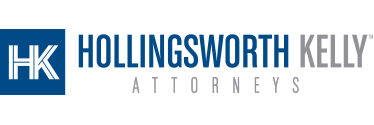Will Medical Payments Help After My Car Accident?
Medical Payments (Med Pay) coverage on your auto policy will help you pay for medical expenses related to treatment you receive as a result of a motor vehicle accident regardless of fault.
When you are injured in an accident, keep in mind that you will not receive compensation from the insurance company that represents the person who injured you until your case is settled. Therefore, you or your health insurance will have to pay for any medical treatment you receive as a result of your injuries until your injury claim is settled.
We recommend purchasing at least $5,000 in Med Pay coverage for various reasons, even if you are covered by health insurance. For example, many health insurance plans require reimbursement for medical expenses they pay related to auto accidents; sometimes patients injured in auto accidents may require procedures that are not covered by their health plans; and most insurance plans limit the number of visits to providers such as physical therapists. In addition, some plans have deductibles, and co-pays may be high and tend to add up, especially if there are frequent medical visits as a result of serious injuries.
If you do not have medical insurance, you may want to consider $10,000 to $25,000 in Med Pay coverage.
Even if you have reimbursement requirements to your health plan or to your auto insurance company when your case is settled, having Med Pay coverage will help you receive timely medical treatment for your injuries.
Paying for Medical Treatment After an Accident
Most people who are injured in traffic accidents do not realize they will not receive any form of compensation for their bodily injuries from the at-fault driver until their case is settled. If you have health insurance coverage and you are injured in a car accident, use your health plan to pay for your medical treatment. Any reimbursement requirements related to your health plan can be taken care of when your case is settled.
Declarations Page
We urge you to review the Declarations Page of your auto insurance policy for UM, UIM and Medical Payments coverage. Make an appointment with your insurance agent to add coverage in these three areas if they are not included in your auto policy.
03.22.10
This information is provided by the Hollingsworth Kelly to help you select the right coverage for your auto insurance needs. All too often, we see people who are injured by someone who does not have adequate insurance coverage. All insurance decisions should be discussed with your auto insurance agent so that you can make an informed decision to best suit your needs. This information is not intended to serve as legal advice.


